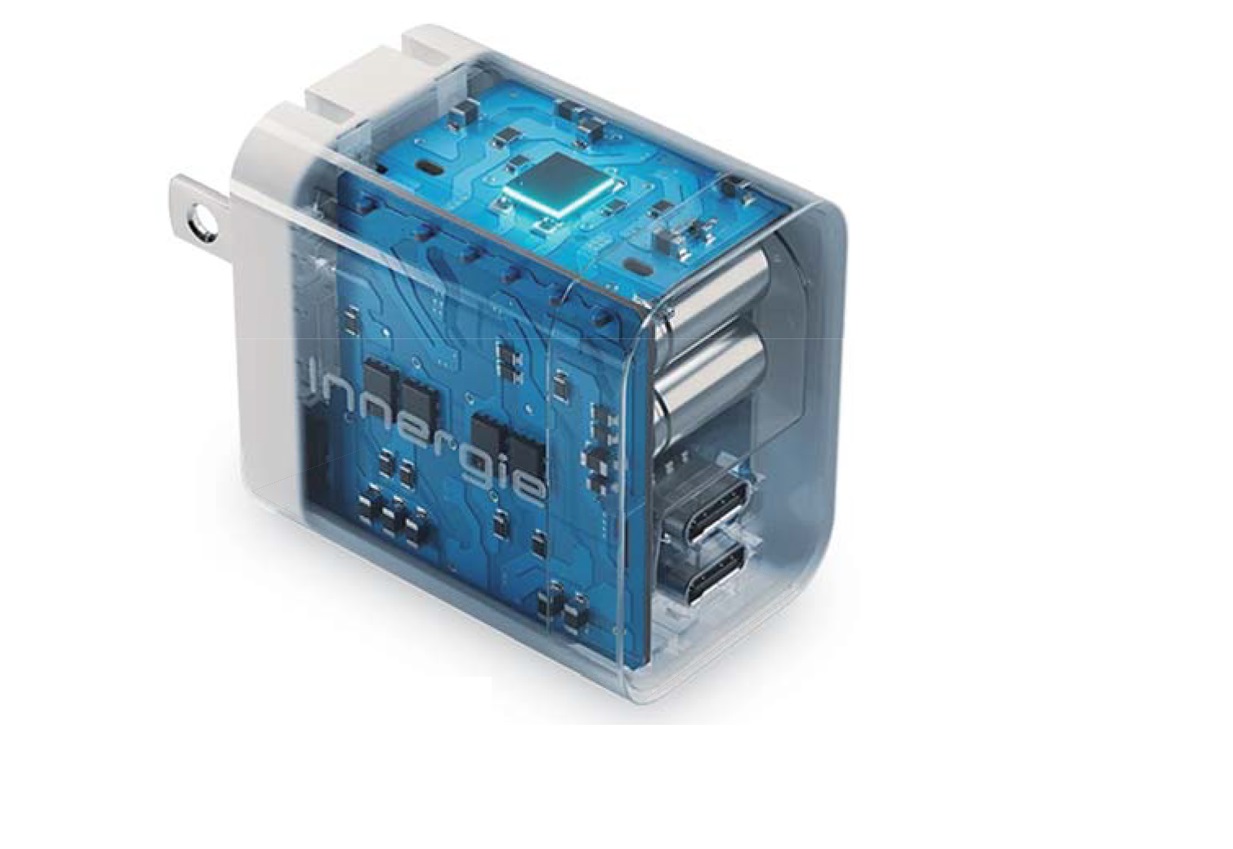
Depending on the kind of data you’re working with, one or another bar chart type may be preferable. These varieties are possible in Excel charts, where you can make selections in the the column or bar chart menu.
Stacked Bar Chart
This kind of bar chart is good for looking multiple data series, since each bar can be subdivided.
If, for example, you are looking at quarterly earnings, with each quarter being represented by a vertical bar, a stacked bar charts can show the breakdown of different categories of sale in each bar (online versus in-person, etc.)
Clustered Bar Chart
These bar charts show, as the name implies, groupings of bars along the relevant axis. Clustered bar charts allow for the side-by-side comparison of different types of data on the same graph.
For example, if you’re trying out a new gardening technique at your nursery, such as lasagna gardening, you could create a clustered bar chart in Excel that compared the yield of different companion planting combinations (trying different combinations to see what companions work best, graphing those in a clustered bar chart).






